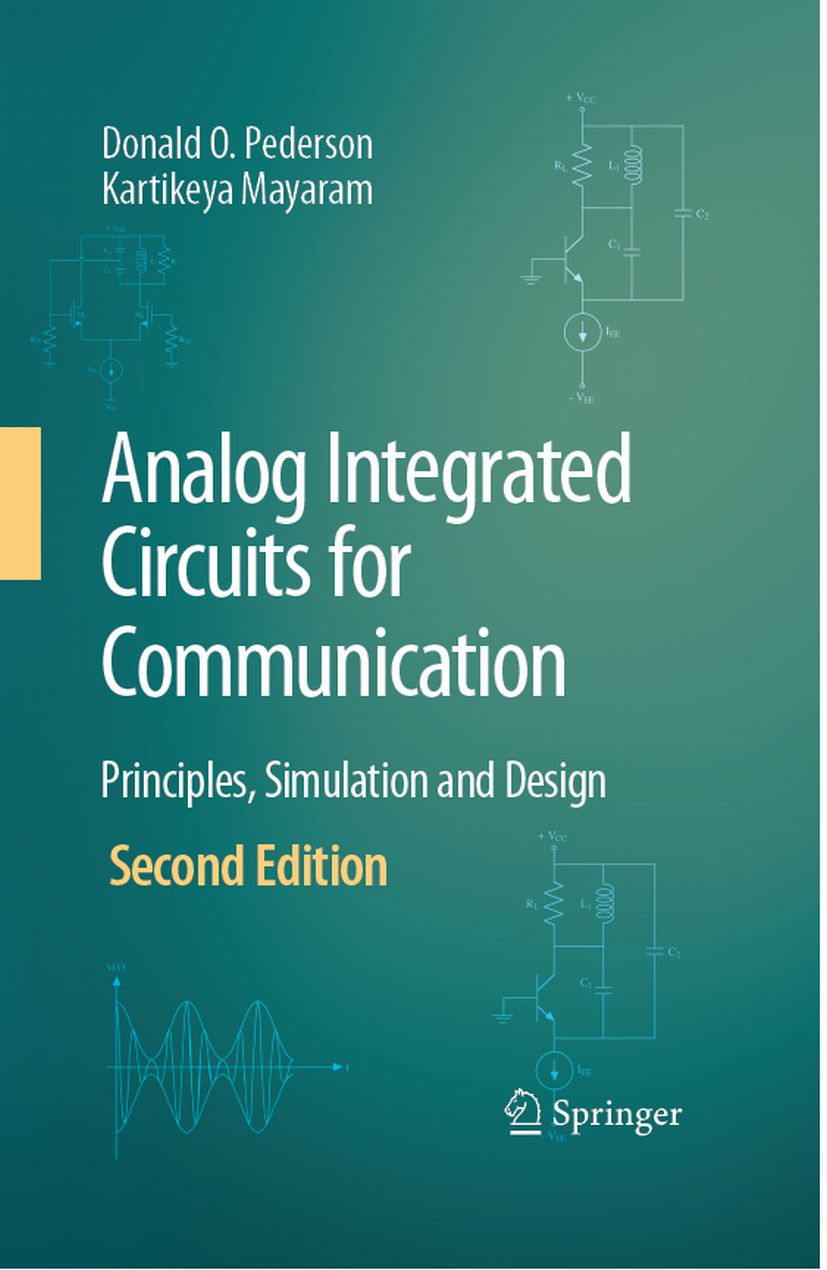
Donald O. Pederson Kartikeya Mayaram
University of California Oregon State University
Berkeley, CA Corvallis, OR
USA USA
Library of Congress Control Number: 2007931189
ISBN 978-0-387-68029-3 e-ISBN 978-0-387-68030-9
Printed on acid-free paper.
All rights reserved. This work may not be translated or copied in whole or in part without the
the publisher (Springer Science + Business Media, LLC, 233 Spring
Street, New York, NY 10013, USA), except for brief excerpts in connection with reviews or
scholarly analysis. Use in connection with any form of information storage and retrieval,
electronic adaptation, computer software, or by similar or dissimilar methodology now known
or hereafter developed is forbidden.
The use in this publication of trade names, trademarks, service marks, and similar terms, even if
they are not identified as such, is not to be taken as an expression of opinion as to whether or
not they are subject to proprietary rights.
9 8 7 6 5 4 3 2 1
springer.com
written permission of
© 2008 Springer Science + Business Media, LLC
:53bb ...........
Thanks a lot. It's very helpful
xuexi.....................................................
Thanks a lot. It's very helpful

